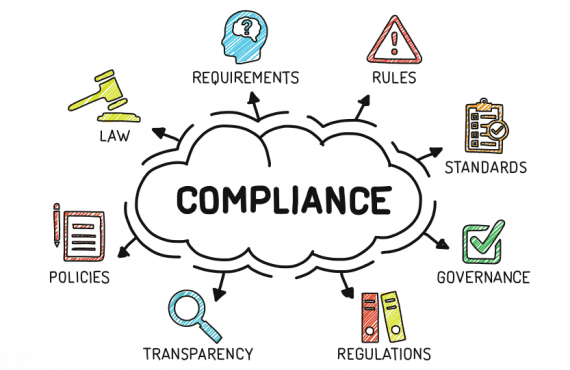A nurse gave a resident her insulin injection and accidentally stuck herself with the needle in the process of recapping the pen for needle disposal. The insulin pen was a different type than the ones normally used and required a different procedure to dispose of the needle.
The incident was reported immediately, and staff received immediate on-site training on the pens that had been purchased from Walgreens and required that the needles be recapped prior to disposal. A drug test was administered to the nurse and an order was issued for labs to be drawn at urgent care the following day. The facility accelerated the process for obtaining new needles with a safety cap to replace the substandard ones. The needles that required recapping were discarded. The facility reviewed the process for ordering needles to ensure that the correct type of needles will continue to be made available for staff use.
All staff were educated regarding the needle policy and procedure for proper disposal of needles after administering medication. An audit tool was developed and implemented to use for ordering supplies to have on hand. The facility identified and documented source residents who should be tested for HIV, Hepatitis C and Hepatitis B (depending on known immunity of healthcare worker). The facility may be required to obtain the resident’s consent for such testing. Testing should occur immediately and confidentially for Hepatitis B if immunity is uncertain or unknown, and testing for Hepatitis C will also be included. When the source is unknown, the facility should get a post-exposure prophylaxis (PEP).
If the source resident tests positive, observe these procedures for the affected person: HIV—start prophylaxis within two hours of exposure; Hepatitis B—obtain Hepatitis B Immune Globulin (HBIG) injection and initiate the Hepatitis B vaccine series for the employee if he or she is unvaccinated, with no treatment necessary if the employee has been vaccinated with known immunity; Hepatitis C—No customary prophylaxis, but the employee should consult his or her physician or other care provider about experimental post-exposure prophylaxis (PEP).











































